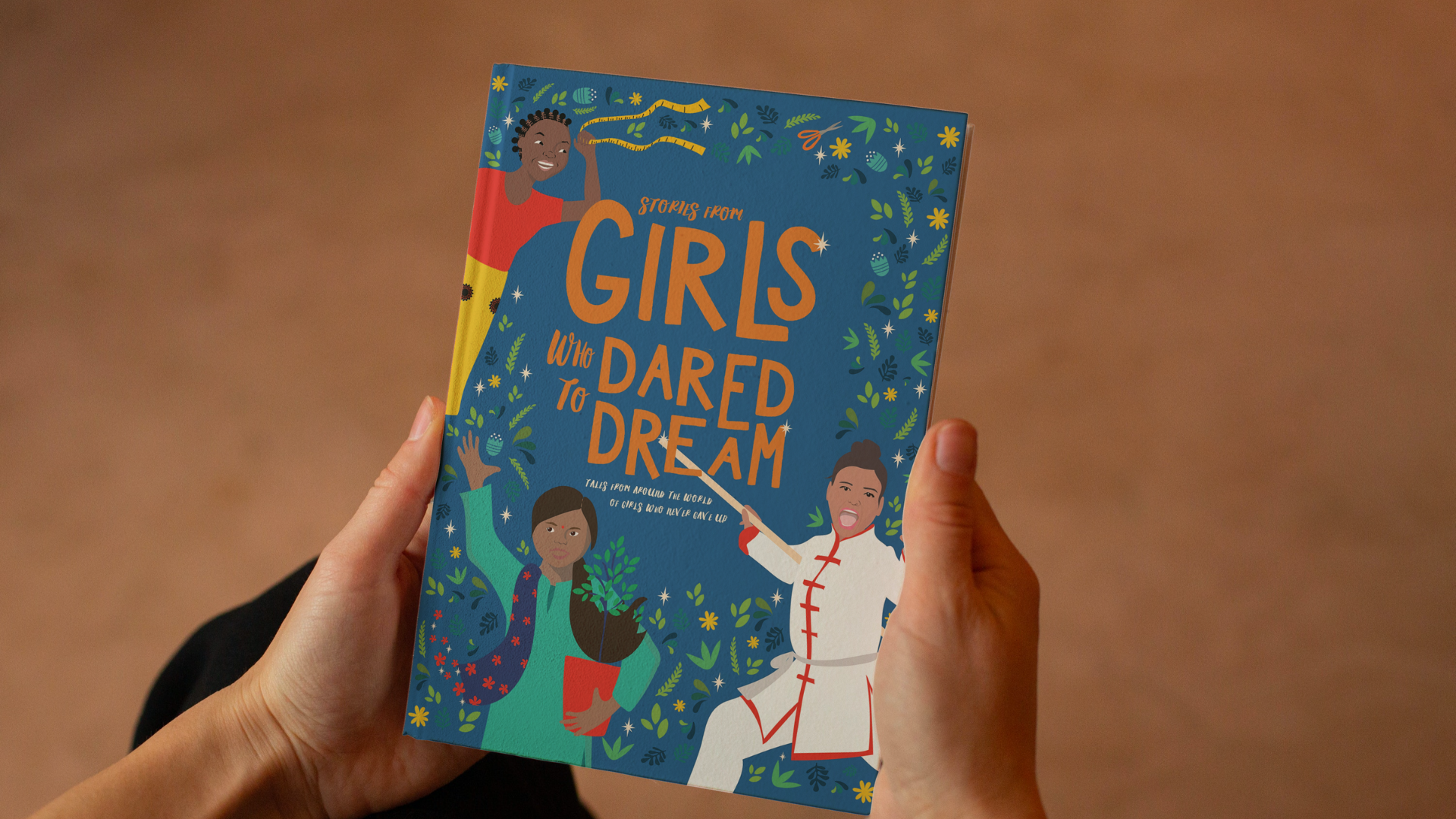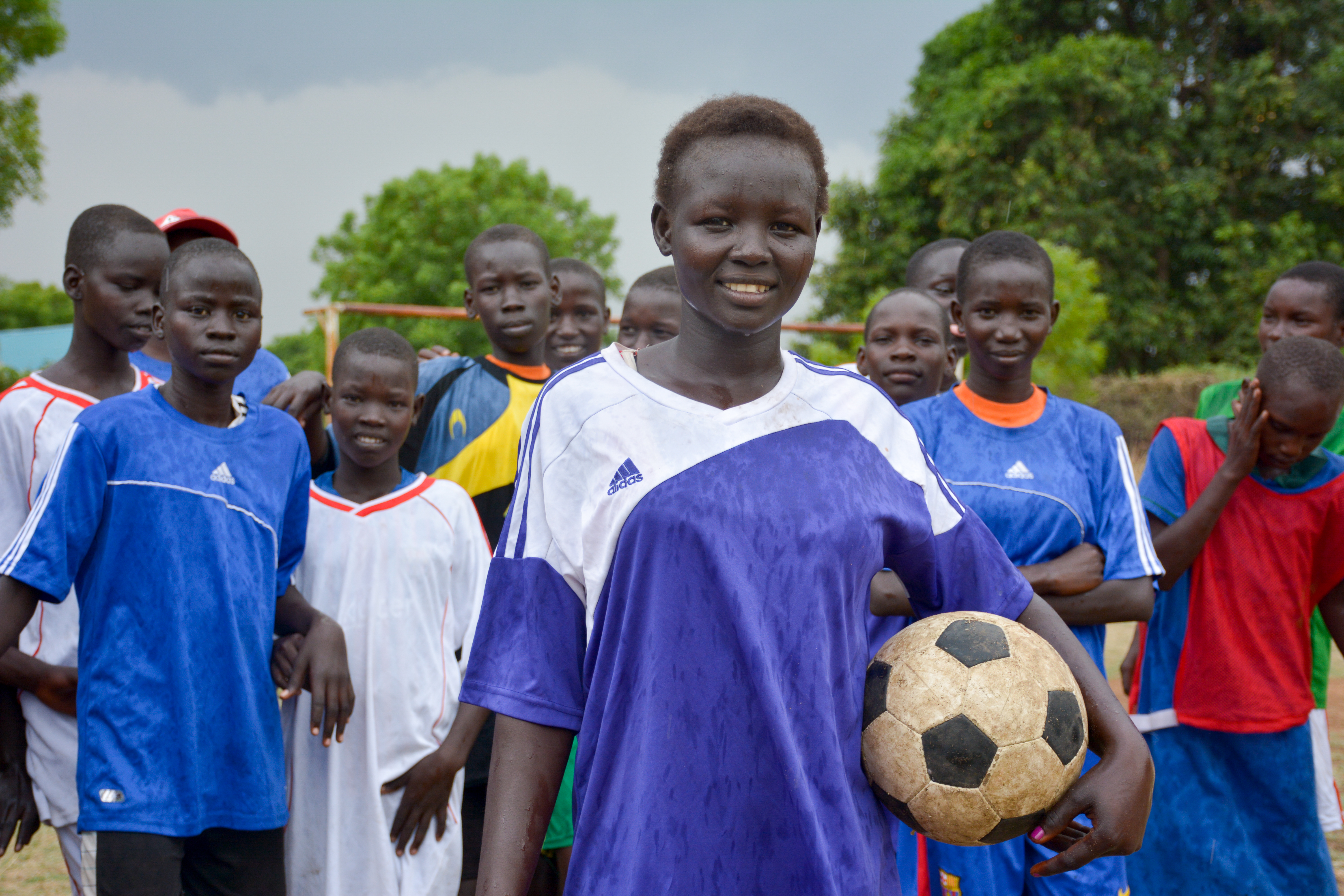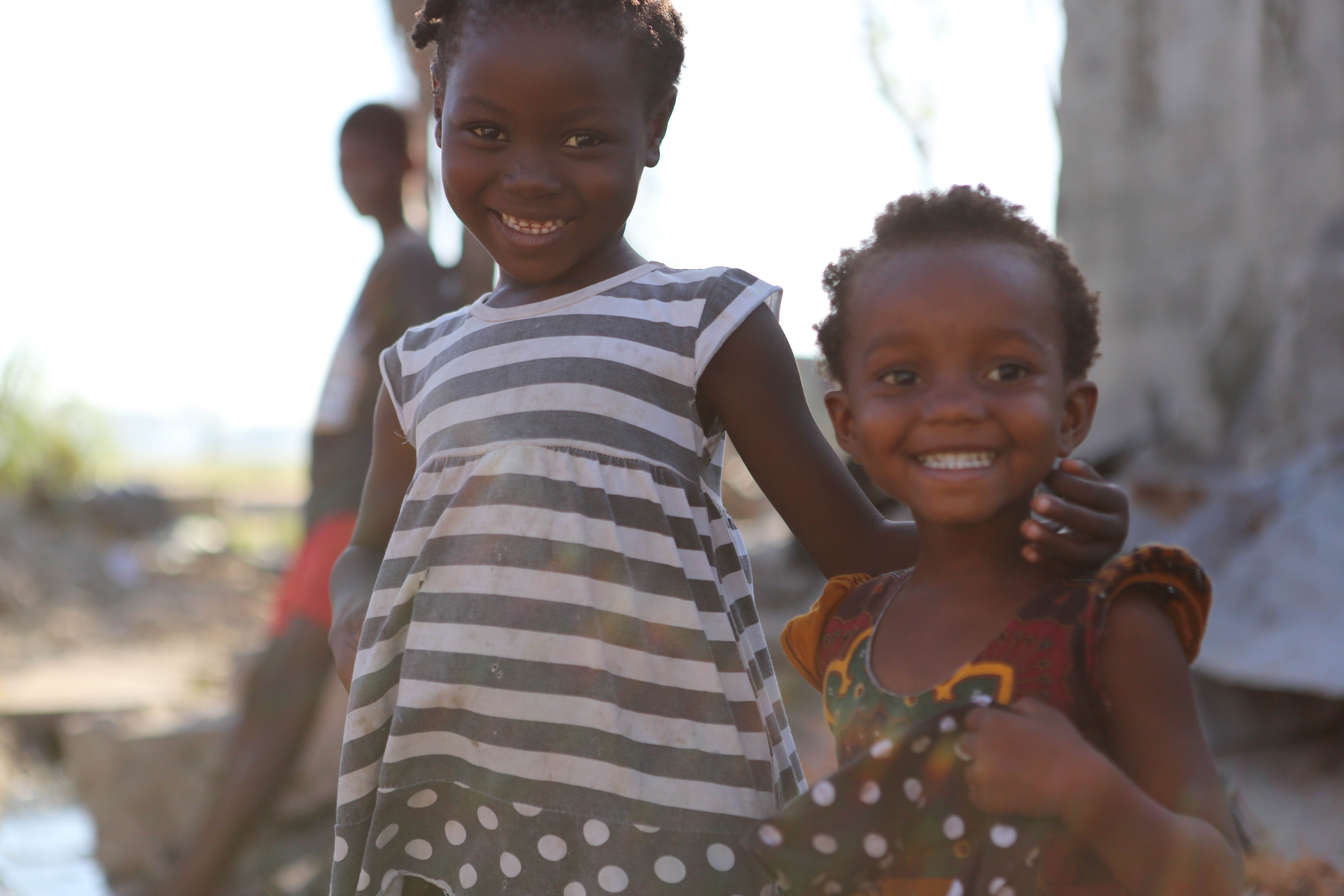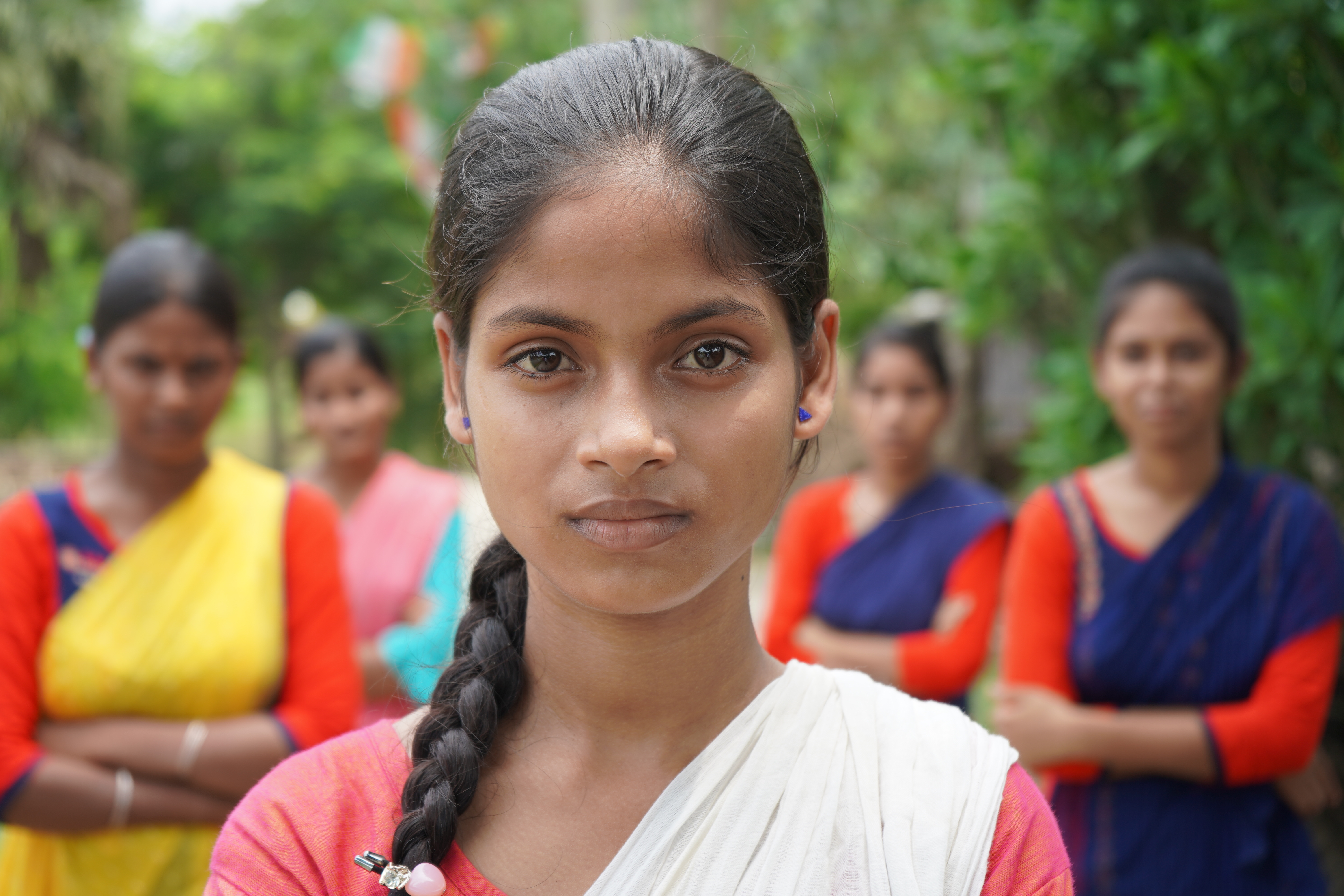
End violence against women and girls
by Erica Hall, Policy Manager, World Vision UK
Standing up and speaking out
Violence against women. Violence against girls. The #MeToo movement has put a spotlight on a fraction of the violence women and girls face in their daily lives. But zoom out and wider statistics are equally horrifying:
- 1 in 3 women are beaten by a partner or sexually abused in their lifetime. One. In. Three. And, if you talk to a dozen 24-year-old women who have been in relationships, statistically 3 of them probably will have experienced intimate partner violence already in their lives.
- Before Covid-19, 60 million girls were being sexually assaulted at, or on their way to, school every year. And violence, exploitation and abuse in homes and communities are key factors preventing many girls from having the chance to attend school
- On average, 12 million girls marry under the age of 18 every year. While this number has been declining over the past decade, Covid-19, climate change and conflict are reversing this progress. An additional 10 million girls are likely to marry over the next decade due to Covid-19-related disruptions alone.
Statistics don’t tell the whole story. The International Day for the Elimination of Violence Against Women – and the 16 Days of Activism to End Gender-Based Violence it kicks off – is an opportunity to take a deeper look at the causes and manifestations of this gender-based violence. And to ask what more each of us can do to prevent it and to support those who experience it.
Naming the violence and the violations
Violence against women and girls is an enormous problem in every country in the world, one that has existed forever. Intimate partner violence, sexual exploitation and abuse, human trafficking, child marriage, female genital mutilation, bullying…the list goes on. Significantly, the United Nations’ definition of violence against women focuses both on the acts of violence (and their gendered basis) as well as the physical and psychological harm or suffering that is the likely result. In other words, the harm does not end with the violence itself. In fact, many survivors of sexual violence have told me that their treatment in the courts and in communities after the violation has been even worse than the experience of violence itself.
Recognising the roots of the problem
There is no mystery as to the roots of the problem. Violence against women and girls is about power and control. It stems from structural inequalities between men and women and social norms that attempt to impose set roles for women and men, boys and girls in both private and public areas of society. It is a vicious circle: inequalities increase the risk of violence, and this violence reinforces inequality and harmful social norms.
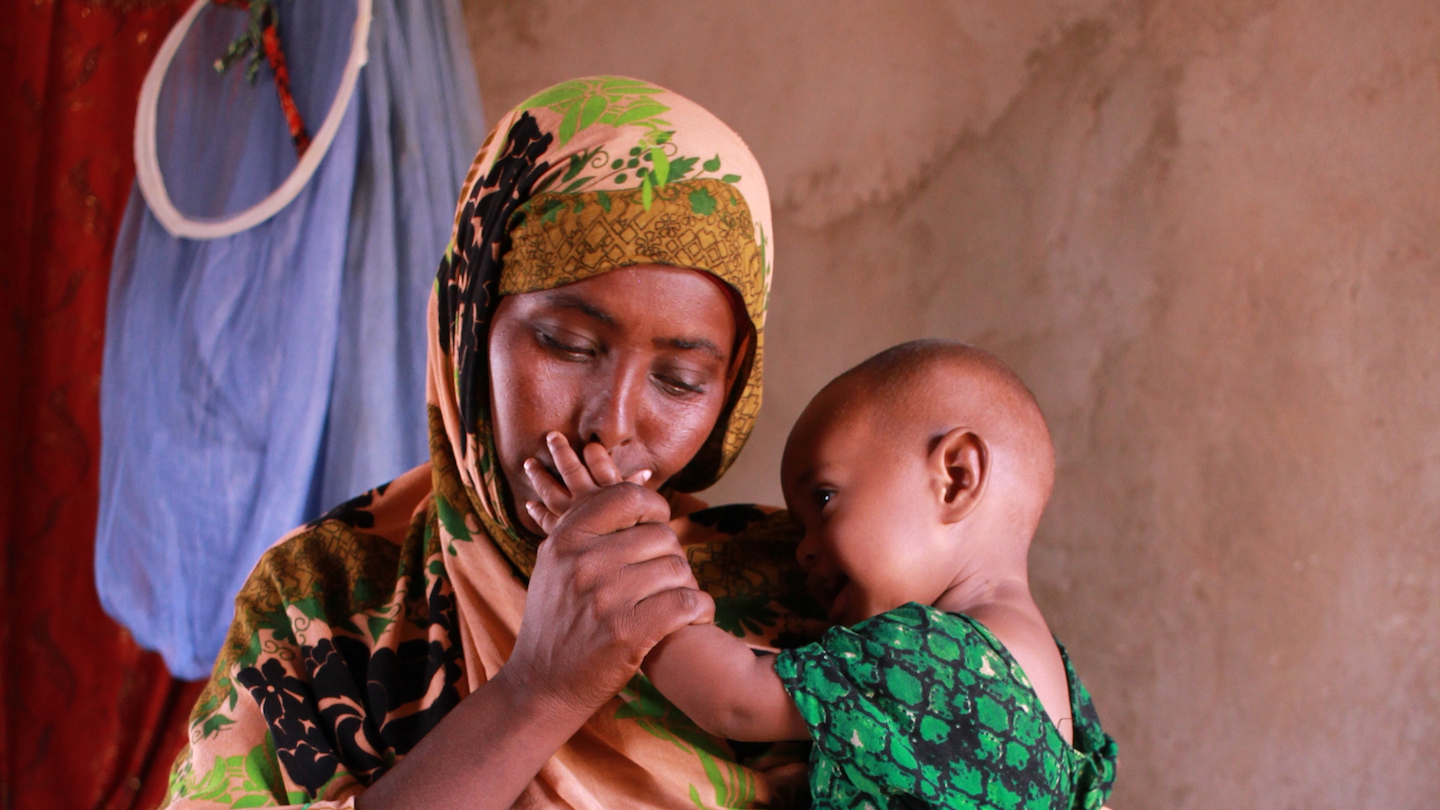
None of us is safe from violence until we are all safe
The risks and impacts of gender-based violence, are not uniform. If we look at women and girls in a one-dimensional manner based solely on their sex, we are doing all of us a disservice. We miss the intersecting inequalities – based on age, race, sexual orientation, gender identity, gender expression or other factors compounding risks and discrimination.
How often in the development sector do we use the term ‘violence against women and girls’? I hear it or read it at least ten time a day, every day. And yet when we talk about addressing it, girls often only specifically come into the equation when we talk about child marriage or when there is a scandalous story of violence against girls in the news. And which cases of intimate partner violence or the murder of women do we hear about? Too often they are white, middle-class women. #SayHerName exists for a reason.
We must ask ourselves why the violence against women that happens in Africa or Asia is seen as ‘different’ than the violence girls and women experience in the UK. It is not. It has the same roots and must be ended everywhere so that every human being who identifies as a woman or a girl not only feels safe but is safe from violence.
So how do we end violence against girls and women?
This is the million-dollar question. With the enormous scale of the problem, it can seem impossible to tackle, but we can put an end to violence against girls and women. Last week, at a reception for the G7 Gender Equality Advisory Council, the Foreign Secretary Liz Truss said: “Women and girls across the world should live without fear of violence, with access to education and employment, and the chance to reach their full potential.” World Vision could not agree more.
And it starts with all of us standing up and saying enough is enough and by actively working to change attitudes towards women and girls, improve gender equality and make it clear that violence against girls and women is unacceptable.

Speaking out and taking action
We must all speak out and ACT – today and every day – until violence against women and girls is not something that we say is unacceptable – but something that is absent from every community, in every country of the world.
World Vision speaks out for the rights of women and girls around the world. And more importantly, we provide space for them to speak out directly.
If you haven’t seen it already, watch this video of our amazing youth ambassadors speaking with both Kenyan and UK government officials about the importance of ending violence and promoting education for girls.
We also have an array of programmes helping to tackle violence against girls and women include, like these funded through UK AID:
- Building Resilience through Asset Creation and Enhancement Phase (BRACE II), which supports women in South Sudan with cash transfers linked to rehabilitating and constructing flood dikes, farms, vegetable gardens and other activities that reduce poverty and food insecurity – factors that are linked to intimate partner violence.
We are also conducting pioneering research into the effects of cash transfers on intimate partner violence in humanitarian settings. Look out for findings in spring 2022. - Improving Girls Access through Transforming Education and Improving Gender Attitudes, Transition, and Education project (IGATE and IGATE-T) In partnership with others, World Vision in Zimbabwe is reaching vulnerable girls through targeted community engagement to shift norms that keep girls out of school, improve the quality of education when they get there and vocational skills, empower them through girls’ leadership clubs, and promoting reporting and response to gender-based violence in school and in communities.
- With funding from the Preventing Sexual Violence in Conflict Initiative, World Vision has been addressing stigma linked to sexual violence in conflict in South Sudan, the Democratic Republic of Congo and Uganda. Through the project, faith leaders are helping to identify and address continued challenges to the acceptance, wellbeing and empowerment of survivors and children born of sexual violence. It has an important emphasis on ensuring children’s and survivors’ voices are heard and listened to in the community.
Will you join us by raising your voice this International Day for the Elimination of Violence Against Women, throughout the 16 Days of Activism and into 2022.
This is the 30th year we are raising our voices on this day. Wouldn’t it be great if, by 2030, this day could instead be a celebration of a world free from violence for every girl and woman.

